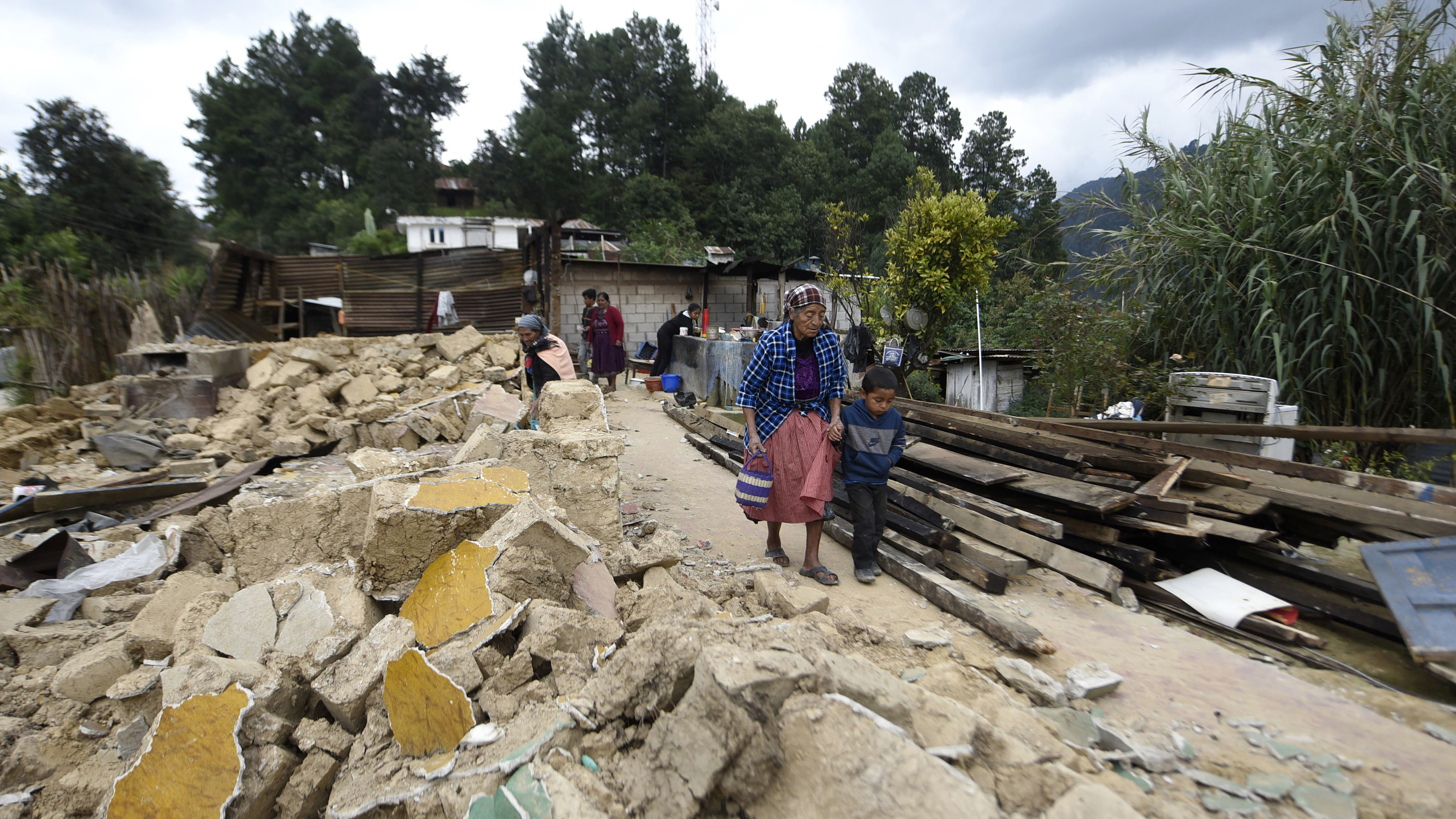The geology leading to Thursday's magnitude 8.1 earthquake in Mexico has a lot in common with western Washington, but the quake that is now blamed for nearly 60 deaths, isn't what it appeared to be at first glance.
Both Washington and the west coast of southern Mexico have subduction zones. This is where the expanding oceanic plates are forced underneath the North American continental plate. Those plates can be locked for hundreds of years before slipping along a fault line. In Washington state, that slip is expected to release a magnitude 9 earthquake. The last quake of this type here was in January 1700.
The fault line in both cases starts off shore, where the seafloor joins the continental shelf. But there was no slip along the fault line in Mexico, despite the fact that the large 8.1 magnitude would suggest it. Instead, the ocean floor cracked.
"Where that earthquake occurred was in the ocean slab itself, not in the interface between the two plates," said University of Washington seismologist Bill Steele.
The University of Washington is home to the Pacific Northwest Seismic Network.
"For a magnitude 8, it has to be a pretty big area of that slab," said Steele. "...And it has to rupture down into the mantle to some degree beneath the slab."
The location of the Mexican quake is estimated to be 55 miles below the surface, which makes this quake more like the deep magnitude 6.8 Nisqually quake, which hit near Olympia in February 2001. That Nisqually quake didn't directly cause any deaths, but was responsible for some $4 billion in damage and other costs. The Nisqually quake had a depth of 30 miles, and quakes in 1965, 1949 and 1947 were all in this zone.
This area of plate bending is known as the Benioff zone. It eventually turns the ocean plates softer and more plastic as those plates are absorbed by the hot mantle of the Earth below.
The Mexican earthquake while deeper may have been in a cooler and more brittle part of the plate leading to a more violent quake.

